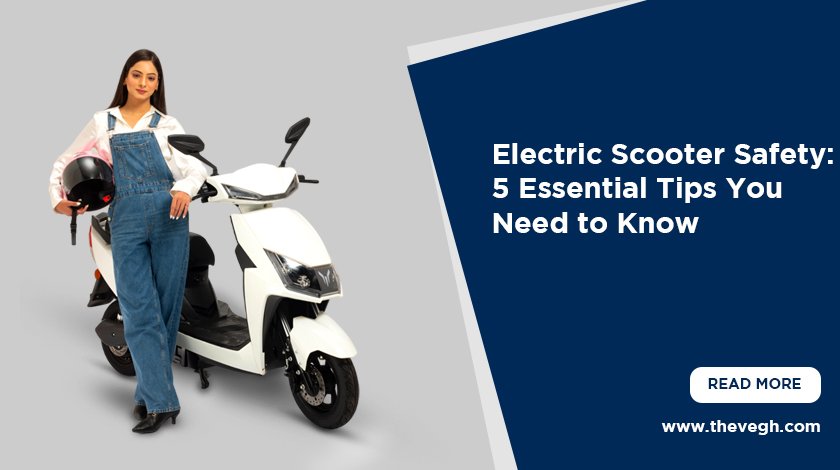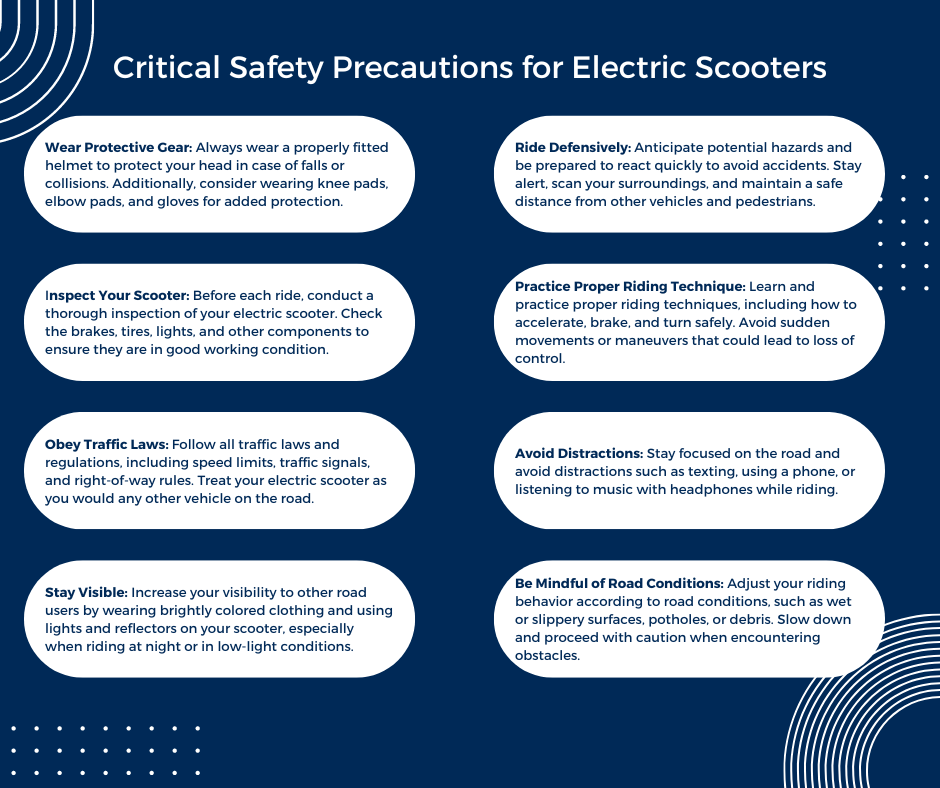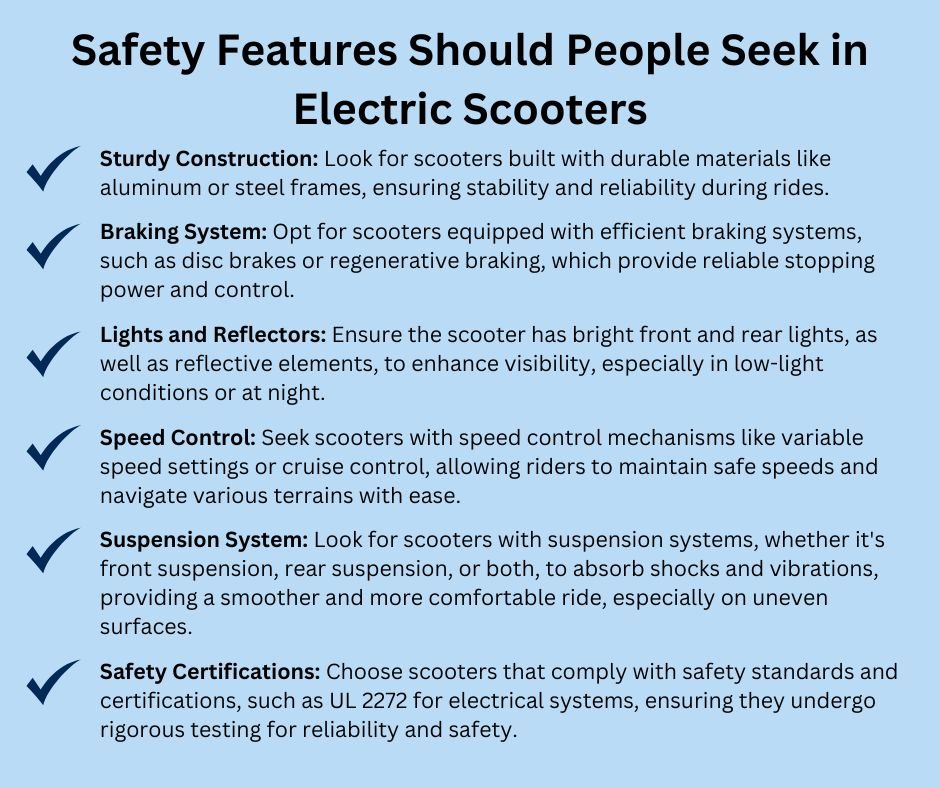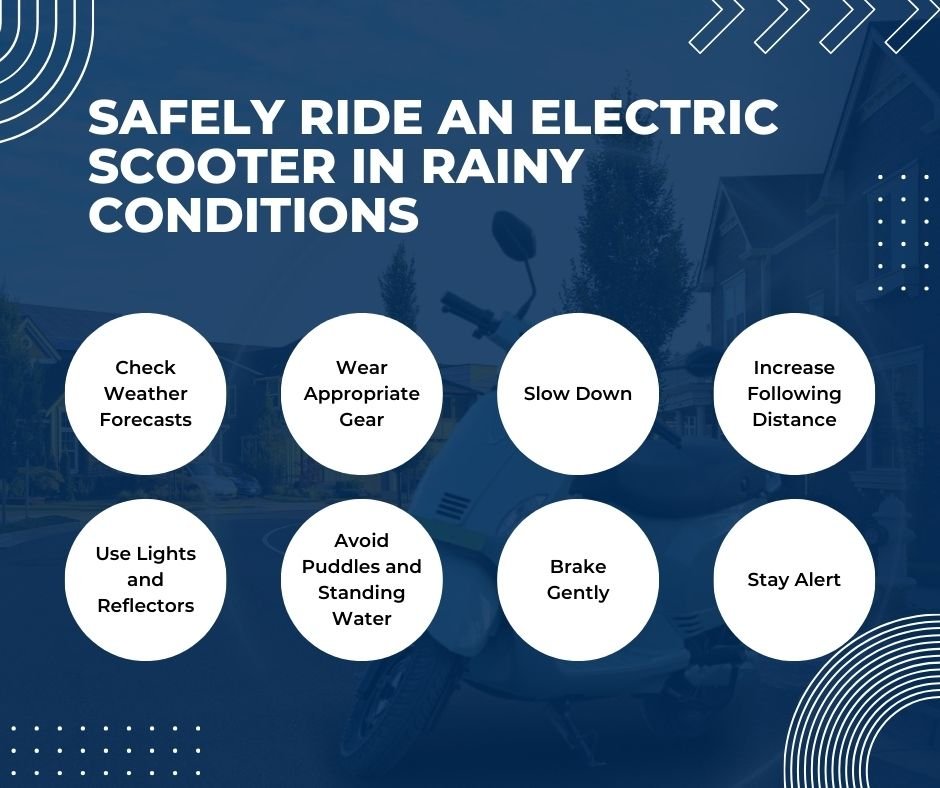- Delhi
- Last Update 07:15: am

Electric Scooter Safety: 5 Essential Tips You Need to Know
In recent years, electric scooters have surged in popularity as a convenient and eco-friendly mode of transportation in urban areas worldwide. However, with this rise in usage comes an increased need for awareness about safety precautions. Whether you're a seasoned rider or new to electric scooters, prioritizing safety is paramount to enjoying a smooth and secure ride.
This article delves into five crucial tips to enhance your electric scooter safety. From mastering basic riding techniques to understanding traffic rules and regulations, each tip aims to equip you with the knowledge and skills necessary for a safe journey. We'll explore the importance of protective gear, maintaining your scooter, and being mindful of your surroundings to mitigate potential risks.
By implementing these essential safety measures, you can confidently navigate bustling city streets or serene park paths with peace of mind, ensuring a positive and secure electric scooter experience. Let's dive in and prioritize safety on every ride.
What Safety Features Should People Seek in Electric Scooters?
When considering electric scooters, prioritizing safety features is crucial for a secure riding experience. Here are some key safety features to seek:
By prioritizing these safety features, riders can minimize risks and enjoy their electric scooter adventures with confidence and peace of mind.
How to Safely Ride an Electric Scooter in Rainy Conditions?
Riding an electric scooter in rainy conditions requires extra caution to ensure safety. Here are some tips for safely navigating wet weather:
Check Weather Forecasts: Before heading out, check the weather forecast to anticipate rainy conditions. If possible, avoid riding in heavy rain or thunderstorms, as they can significantly reduce visibility and increase the risk of accidents.
Wear Appropriate Gear: Dress in waterproof clothing and sturdy footwear to stay dry and maintain traction. Consider wearing a helmet with a visor to shield your face from raindrops and improve visibility.
Slow Down: Reduce your speed and maintain a slower pace than usual to account for slippery surfaces. Avoid sudden movements, sharp turns, or abrupt braking, which can cause loss of control on wet pavement.
Increase Following Distance: Leave extra space between you and other vehicles, pedestrians, or obstacles to allow for longer stopping distances. This buffer provides additional reaction time to navigate unexpected hazards.
Use Lights and Reflectors: Keep your scooter's lights and reflectors on, even during daylight hours, to enhance visibility for other road users. Consider adding additional reflective tape or accessories to make yourself more noticeable in rainy conditions.
Avoid Puddles and Standing Water: Steer clear of large puddles, as they may conceal potholes, debris, or uneven surfaces. Riding through standing water can also damage electrical components of the scooter.
Brake Gently: Apply brakes gradually and evenly to prevent skidding or sliding. Test your brakes periodically to ensure they are functioning properly in wet conditions.
Stay Alert: Remain vigilant and attentive to your surroundings, including road conditions, traffic, and pedestrians. Keep an eye out for potential hazards and adjust your riding behavior accordingly.
By following these safety tips, riders can minimize the risks associated with riding electric scooters in rainy weather and enjoy a safer journey.
Ensuring Safety While Charging in Public Areas: What Precautions to Take?
Charging electric scooters in public areas requires careful consideration to ensure safety for both the rider and others. Here are some precautions to take:
Use Designated Charging Stations: Whenever possible, utilize designated charging stations provided by scooter-sharing companies or public facilities. These stations are typically equipped with safety features and are designed for electric scooter charging.
Inspect Charging Equipment: Before plugging in your scooter, inspect the charging equipment for any signs of damage, wear, or malfunction. Avoid using chargers that appear damaged or compromised, as they can pose a safety hazard.
Choose Well-Lit and Visible Locations: Select well-lit and visible locations to charge your scooter, preferably in areas with surveillance cameras or high foot traffic. Avoid secluded or poorly lit areas where the risk of theft or vandalism may be higher.
Secure Your Scooter: While charging, securely lock your scooter to a fixed object using a sturdy lock or cable. This helps prevent theft or unauthorized use of your scooter while it's unattended.
Stay Nearby: Remain in close proximity to your scooter while it's charging to monitor the charging process and deter potential tampering or theft. Avoid leaving your scooter unattended for extended periods.
Avoid Overcharging: Be mindful of charging times and avoid leaving your scooter plugged in for longer than necessary. Overcharging can potentially damage the battery and pose a fire risk.
Follow Charging Instructions: Adhere to the manufacturer's instructions and recommendations for charging your electric scooter. Use only compatible chargers and outlets to avoid damaging the scooter's electrical components.
Be Prepared for Emergencies: Carry a fire extinguisher or have access to emergency services in case of a fire or other safety incidents related to charging.
By taking these precautions, riders can safely charge their electric scooters in public areas and minimize the risk of accidents, theft, or damage.
What Are the Critical Safety Precautions for Electric Scooters?
Critical safety precautions for electric scooters are essential to ensure the well-being of riders and others sharing the road. Here are some key precautions to prioritize:

By following these critical safety precautions, riders can reduce the risk of accidents and injuries while enjoying the benefits of electric scooter transportation.
What's the Maximum Safe Speed for Electric Scooters?
Determining the maximum safe speed for electric scooters depends on various factors, including the scooter's design, the rider's experience and skill level, road conditions, and local regulations. However, as a general guideline, most electric scooter manufacturers recommend maintaining speeds between 15 to 20 miles per hour (24 to 32 kilometers per hour) for optimal safety.
Riding at lower speeds allows riders to maintain better control over the scooter and react more effectively to unexpected obstacles or hazards on the road. Additionally, slower speeds reduce the severity of potential injuries in the event of a fall or collision.
It's essential for riders to assess their surroundings and adjust their speed accordingly, especially when navigating congested areas, intersections, or crowded pedestrian zones. Adhering to posted speed limits and exercising caution in high-traffic areas can help minimize the risk of accidents and ensure a safer riding experience for everyone on the road.











